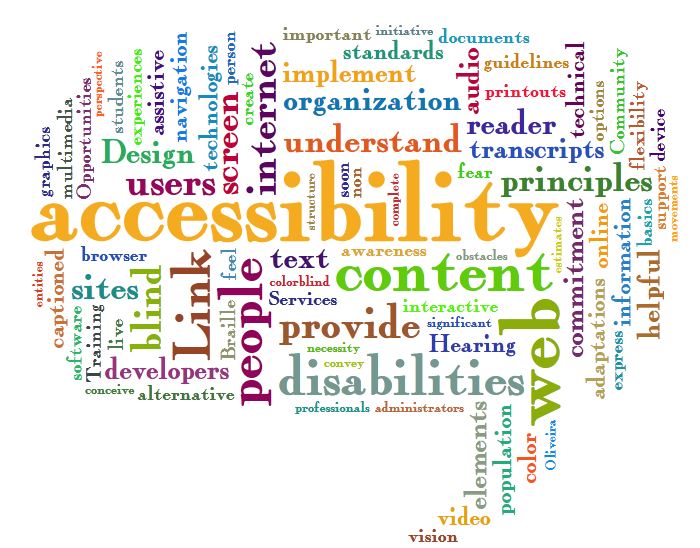The purpose of teacher presence is to produce personally meaningful and educationally worthwhile outcomes. Teacher presence has three parts: design, facilitation and direct instruction (Garrison 2007). It is highly significant for student satisfaction, perceived learning, and sense of community. Students need to know who their teacher is.
Here are some ways to achieve teacher presence online:
- audio feedback on an assignment
- a warm biography with pictures
- weekly summaries of activity
- encouragement in short videos












